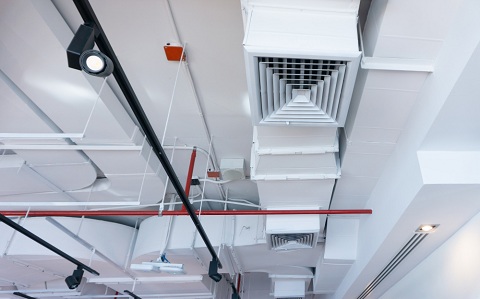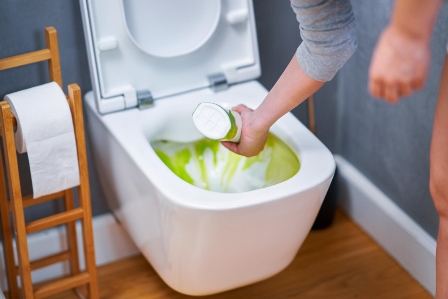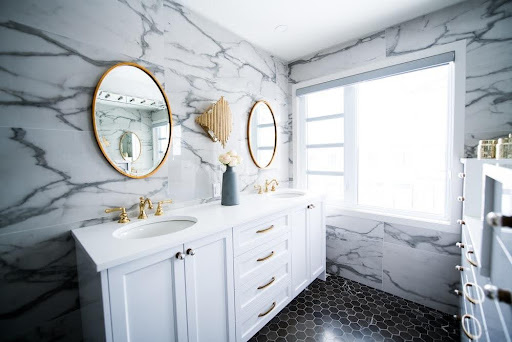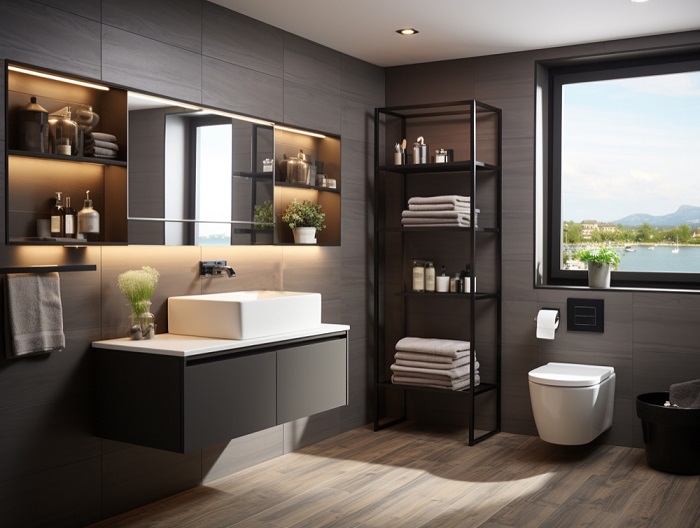In an era where environmental consciousness is on the rise, conserving water has become a paramount concern. One area where significant strides can be made in water conservation is the bathroom. In this article, we’ll explore various water-saving solutions, encompassing both eco-friendly bathroom fixtures and practices. By the end of this read, you’ll not only be well-informed but also inspired to make sustainable changes to your bathroom routine.
Why Water Conservation Matters
Before delving into specific solutions, it’s crucial to understand why water conservation is essential. Water is a finite resource, and with the growing global population, its demand is steadily increasing. By saving water, we not only reduce our utility bills but also play a role in preserving the environment.
Eco-Friendly Toilets
Toilets are one of the largest water consumers in any household. Consider replacing your old toilet with a high-efficiency, low-flow model. These use significantly less water per flush while still being highly effective.
Low-Flow Showerheads
Upgrading to low-flow showerheads is an easy and cost-effective way to reduce water usage. They maintain strong water pressure while using less water per minute, resulting in substantial savings.
Faucets with Aerators
Faucet aerators mix air with water, giving the illusion of a robust flow while using less water. Installing these on your faucets can reduce water consumption without compromising performance.
Upgrade Your Water Heater
Investing in a tankless water heater can lead to considerable water savings. Unlike traditional tanks, tankless heaters provide hot water on demand, eliminating the need to run the tap and wait for it to warm up.
Collect and Reuse Greywater
Greywater, which includes water from sinks and showers, can be repurposed for non-potable uses like watering plants. Implementing a greywater recycling system can help reduce your overall water consumption.
Fix Leaks Promptly
Even a minor leak can waste a significant amount of water over time. Regularly inspect and promptly repair any leaks in your bathroom fixtures.
Install a Dual-Flush System
Dual-flush toilets allow you to choose between a full flush for solid waste and a partial flush for liquid waste. This customization can result in substantial water savings.
Shower Timer Devices
Encourage shorter showers by installing timer devices in your bathroom. These simple gadgets can be a fun way to involve the whole family in water conservation efforts.
Natural Cleaning Products
Opt for eco-friendly cleaning products that won’t harm the environment when they go down the drain. Many conventional cleaners contain harmful chemicals that can contaminate water sources.
Rainwater Harvesting for Flushing
If you live in an area with regular rainfall, consider installing a rainwater harvesting system. This harvested water can be used for flushing toilets, further reducing your reliance on the municipal water supply.
Educational Outreach
Teaching your family about the importance of water conservation can create a ripple effect in your community. Encourage your loved ones to adopt water-saving practices in their own bathrooms.
FAQs
Low-flow showerheads are designed to provide strong water pressure while using less water, making them just as effective as regular ones.
To check for leaks, listen for running water and inspect fixtures for visible leaks or drips. You can also use food coloring in the toilet tank to detect leaks.
Greywater is wastewater from sinks, showers, and laundry machines. When properly treated, it can be safely reused for non-potable purposes like irrigation.
Rainwater harvesting regulations vary by location. Check with your local authorities to ensure compliance with any applicable laws or restrictions.
To calculate water savings, monitor your water bills before and after implementing water-saving solutions. The reduction in your consumption will indicate your savings.
Conclusion
Incorporating eco-friendly bathroom fixtures and practices into your daily routine not only conserves water but also reduces your environmental footprint. By making these small changes, you contribute to a more sustainable future for generations to come.











Find Us on Socials